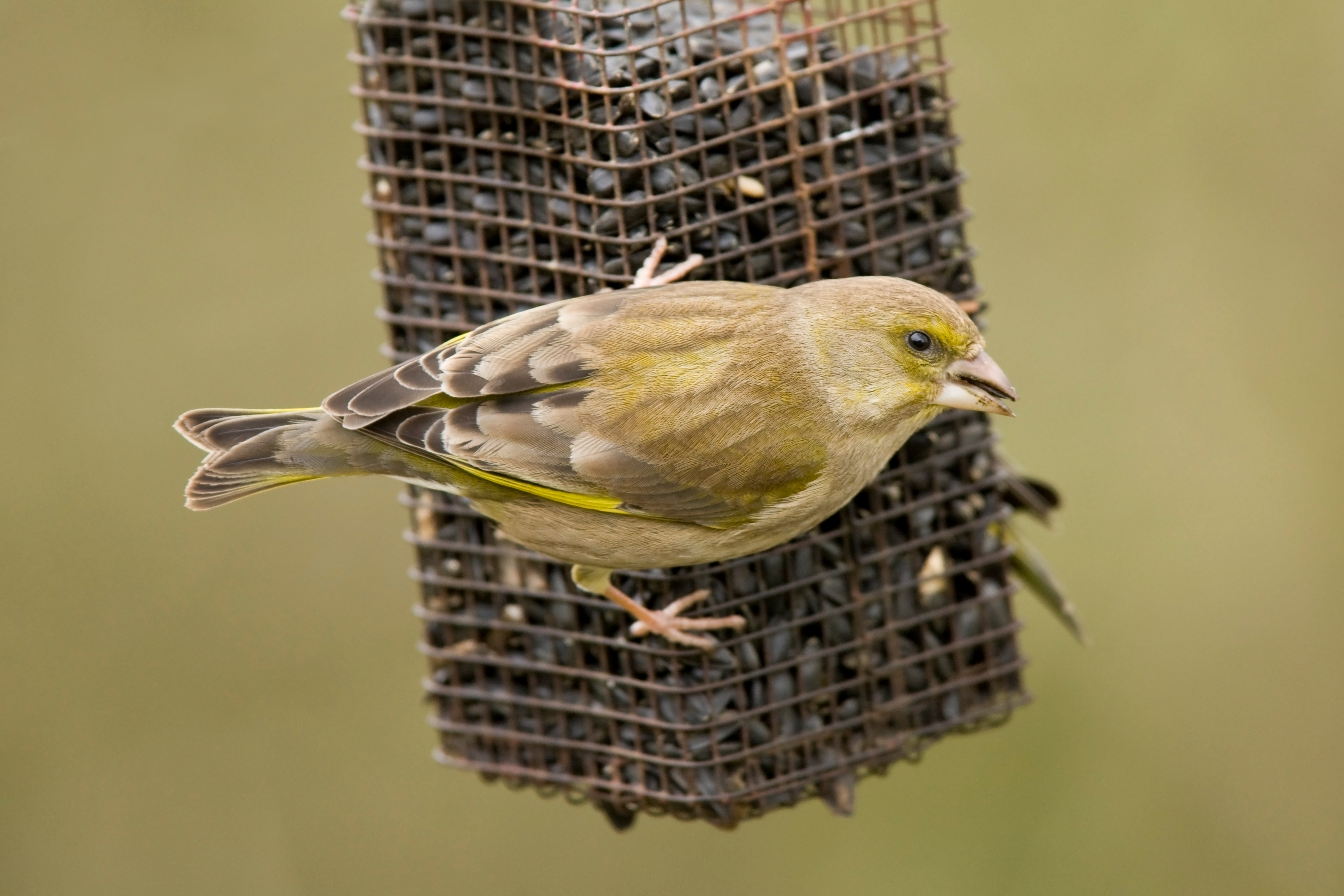
A disease driving the decline of some of the UK’s favourite birds has been identified by scientists.
The parasitic disease has been killing off Britain’s Greenfinches and Chaffinches for over a decade.
Between 2008 and 2018, Chaffinch numbers dropped by 29 per cent in the UK, while 67 per cent of the county’s Greenfinches were lost.
The Greenfinch has been moved on to the UK “red list” of endangered species in the most recent Birds of Conservation Concern assessment, which was published last year.
Now researchers believe that the disease behind the worrying decline is trichomonosis.
Other red and amber listed birds include the House Sparrow and the Bullfinch, who are also susceptible to catching the disease.
Trichomonosis affects the bird’s throat, making swallowing and eating difficult - and can lead them to often regurgitate food.
It can pass easily from bird to bird through contaminated shared food and water, and has led to numerous birds to die prematurely.
A new study, published in the journal Scientific Reports, reveals that survival rates of Greenfinches and Chaffinches were lowest in human-associated habitats.
Disease transmission may be higher in these environments, as birds often congregate at garden feeders.

Finches numbers began to nosedive in 2005 when trichomonosis started to spread.
At the time Greenfinches were the most affected, but now scientists say that Chaffinches are dying at a much quicker rate.
Study co author Dr Becki Lawson, from the Zoological Society of London’s Institute of Zoology, said: “The emergence of trichomonosis in 2005 and dramatic declines of finches that have since occurred highlight the importance of understanding threats that affect the health of our garden birds and how disease can negatively affect biodiversity.
“We appeal to the public to continue to help us learn more about the conditions that affect garden birds, by reporting signs of ill health in garden wildlife.”
To reduce the spread, experts advise people to regularly clean bird feeders and baths, rotate the position of feeders and to stop feeding when a sick bird is spotted.
Study lead author Dr Hugh Hanmer, a research ecologist at the British Trust for Ornithology (BTO), said: “The results from our study put a spotlight on the use of supplementary bird feeding, both in gardens and as a conservation management tool, highlighting the importance of balancing the trade-offs between the positive conservation and engagement benefits of feeding with potential negatives of disease transmission that need to be better addressed.”







